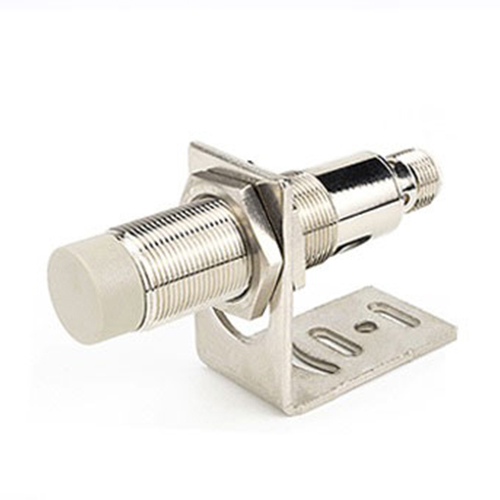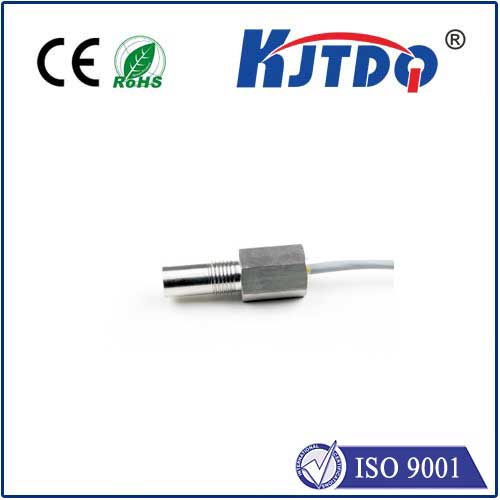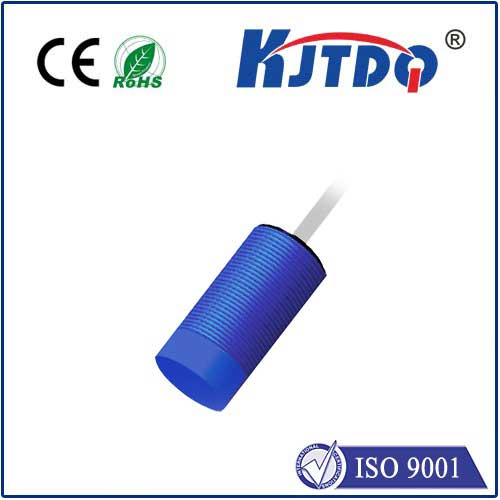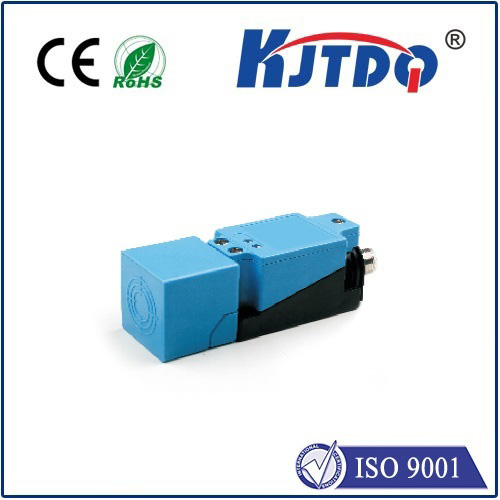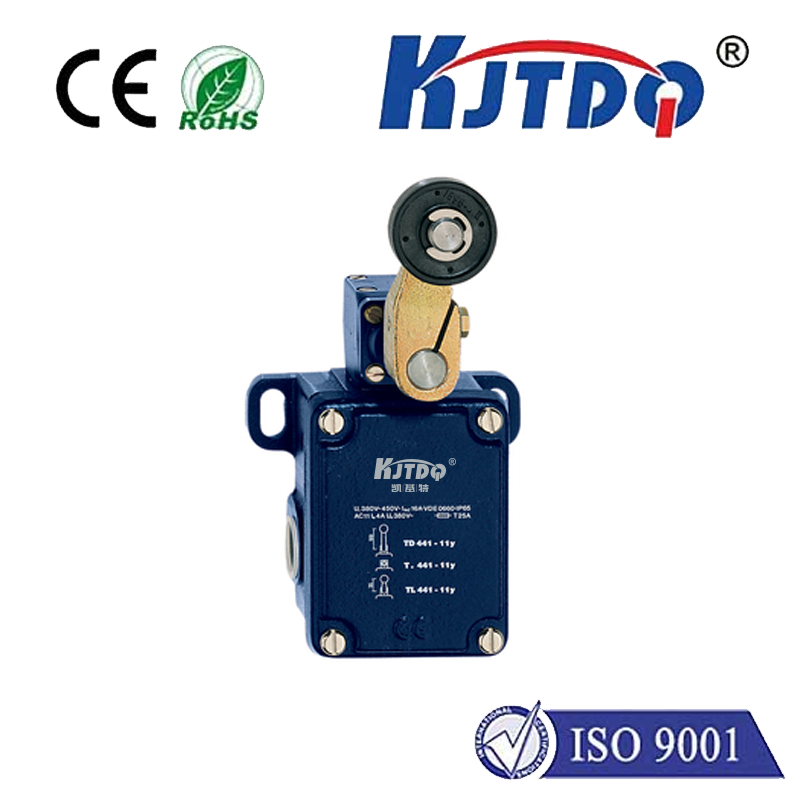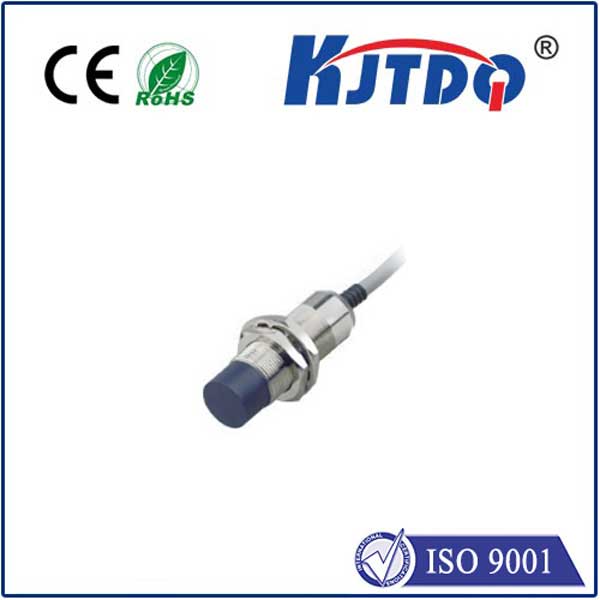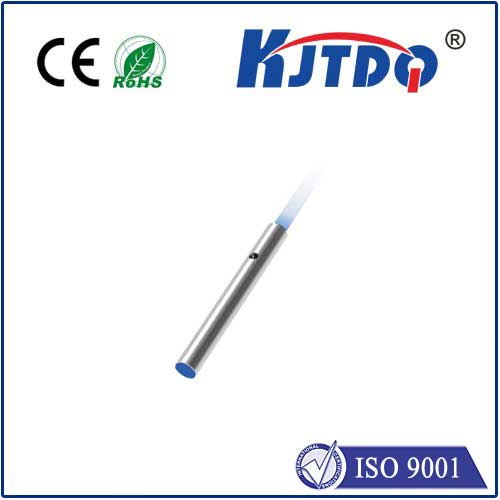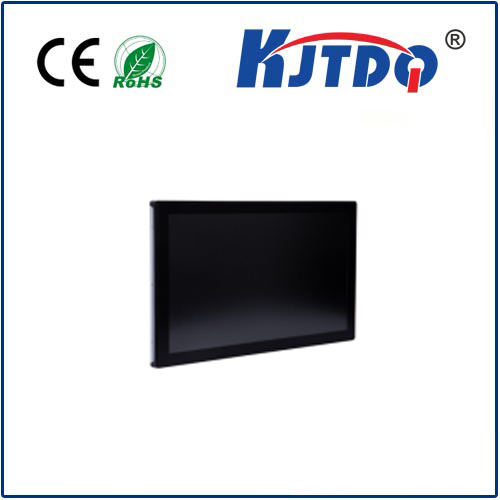YMP-12-30 Pull rope switch
- time:2025-09-24 04:27:59
- Нажмите:0
YMP-12-30 Pull Rope Switch: The Emergency Lifeline for Conveyor Safety
Imagine the scene: a conveyor belt, hundreds of feet long, thundering as it moves tons of material through a processing plant, a warehouse, or a mine. Now, picture a worker spotting a potential hazard – a jam about to cause catastrophic damage, a colleague in a precarious position near the moving machinery, or sparks indicating an imminent fire risk. Every second counts. Shutting down the entire line instantly from that exact location isn’t just convenient; it’s often the difference between a near miss and a devastating incident. This is where the unassuming hero, the YMP-12-30 Pull Rope Switch, steps onto the stage as a conveyor system’s most critical emergency stop mechanism.
Understanding the Core Function: Instantaneous Emergency Response
At its essence, the YMP-12-30 is an emergency stop device designed specifically for long conveyor systems. Its primary, non-negotiable function is to provide an immediate and reliable means to halt conveyor operation from any point along its length in the event of an emergency. Unlike centralized stop buttons requiring personnel to reach a fixed control panel, the pull rope switch system runs parallel to the entire conveying path. It embodies the principle of “accessibility saves lives and equipment.”
How the YMP-12-30 Pull Rope Switch Operates: Simplicity Saves Lives
The operation is ingeniously simple yet robust:

- The Rope: A continuous steel wire rope, precisely tensioned, runs the entire length of the conveyor section needing protection. This rope is easily identifiable, often bright yellow or orange for high visibility.
- The Switches (YMP-12-30 Units): Multiple YMP-12-30 units are installed at strategic intervals, typically every 30-40 meters (this spacing is crucial and often specified in the model number – the “30” might indicate a 30-meter max span). These switches are securely mounted along the conveyor structure.
- The Activation Mechanism: The tensioned rope passes through each YMP-12-30 switch. Inside the switch housing, the rope is connected to a mechanical trip mechanism.
- The Critical Pull: When an emergency arises, a person pulls downward on the rope anywhere along its length. This pull action releases the tension on the rope segment between two switches.
- The Switch Trip: This loss of tension triggers the internal mechanism within the nearest upstream YMP-12-30 unit(s). The mechanism instantly snaps to the “trip” position.
- The Safety Signal: This mechanical trip directly opens (or closes, depending on the safety circuit design) electrical contacts within the switch. This sends an unmistakable emergency stop signal directly to the conveyor’s motor control center (MCC).
- Conveyor Halt: The MCC immediately cuts power to the conveyor drive motor(s), bringing the entire line to a rapid stop.
The YMP-12-30 designation itself provides key information:
- YMP: Likely the manufacturer or series identifier.
- 12: Often indicates the nominal rope diameter, in this case, 12mm. This is a common, robust size suitable for demanding industrial environments.
- 30: Typically signifies the maximum recommended spacing between consecutive pull rope switches on the tensioned run, in this case, 30 meters. Correct spacing is vital to ensure the rope can reliably trip the switch mechanism when pulled from any point.
Why the YMP-12-30 is Indispensable for Conveyor Safety
The advantages of implementing a well-maintained YMP-12-30 pull rope switch system are compelling:
- Immediate Localized Activation: Personnel can initiate an emergency stop precisely where the danger exists, without needing to run to a control panel, saving critical reaction time.
- Full-Length Coverage: Provides continuous emergency access along the entire conveyor path, eliminating dangerous blind spots.
- Simple and Intuitive Operation: Requires minimal training – pull the rope in an emergency. The action is universally understandable.
- High Reliability: Mechanical operation offers dependable function, often requiring only tension maintenance and periodic inspection. The robust design withstands harsh environments like dust, moisture, and vibration common in mining, aggregate, or heavy manufacturing.
- Clear Visual Indication: Tripped switches usually feature a brightly colored flag or target that visibly protrudes, instantly showing which specific switch was activated along the line, aiding in locating the incident point during investigation and reset.
- Compliance with Safety Standards: Adherence to strict international standards (like ISO 13850, ANSI B11.19, AS 4024.1) for emergency stop devices is non-negotiable for industrial operations. The YMP-12-30 system is designed to meet these rigorous safety requirements for machinery guarding.
Key Applications: Where the YMP-12-30 Shines
The YMP-12-30 pull rope emergency stop switch finds its indispensable role in any environment utilizing long conveyors:
- Mining and Quarrying: Crucial on haulage conveyors, crusher feed belts, and stackers where hazards like rock falls, equipment jams, or fires are real risks.
- Bulk Material Handling: Essential in ports, grain elevators, cement plants, and power stations handling coal or ash.
- Warehousing and Distribution: Protects workers on long sortation and transport conveyor systems.
- Manufacturing and Processing: Used extensively in automotive, steel, recycling, and food processing plants where lengthy conveyors move products or raw materials.
- Packaging Lines: Provides emergency stops for complex automated packaging systems.
Installation and Maintenance: Ensuring Peak Performance
For the YMP-12-30 pull rope switch system to perform flawlessly when lives depend on it, correct installation and diligent maintenance are paramount:
- Strategic Mounting: Switches must be securely mounted at the specified maximum intervals (e.g., 30m for YMP-12-30) on the conveyor structure. Locations should ensure easy access for pulling and visibility for resetting.
- Precise Rope Tension: The rope must be correctly tensioned throughout its entire length using tensioning devices. Insufficient tension might prevent switch tripping; excessive tension can damage components or cause false trips. Regular tension checks are essential.
- Clear Run and Avoid Snags: The rope path must be free of obstructions that could impede its movement during a pull. Guide rollers may be needed on curves.
- Routine Inspection & Testing: Establish a strict schedule:
- Visual Checks: Inspect ropes for kinks, fraying, corrosion, or damage. Ensure switches are physically intact, mounting bolts are tight, and identification flags are visible.
- Operational Testing: Regularly test every switch by pulling the rope at various points along its run. Verify the conveyor stops immediately and the correct switch flag indicates the trip. Document all tests.
- Tension Verification: Periodically check and adjust rope tension as needed.
- Prompt Reset & Investigation: After any activation (test or real event), the tripped switch must be manually reset (usually by rotating a knob or lever) only after the hazard has been cleared. The cause of any unplanned activation must be thoroughly investigated.
The Unbeatable Value Proposition of the YMP-12-30
In the complex world of industrial automation and material handling, the YMP-12-30 Pull Rope Switch stands as a testament to the power of simple, reliable safety engineering. Its presence running alongside kilometers of conveyor isn’t just regulatory compliance;

